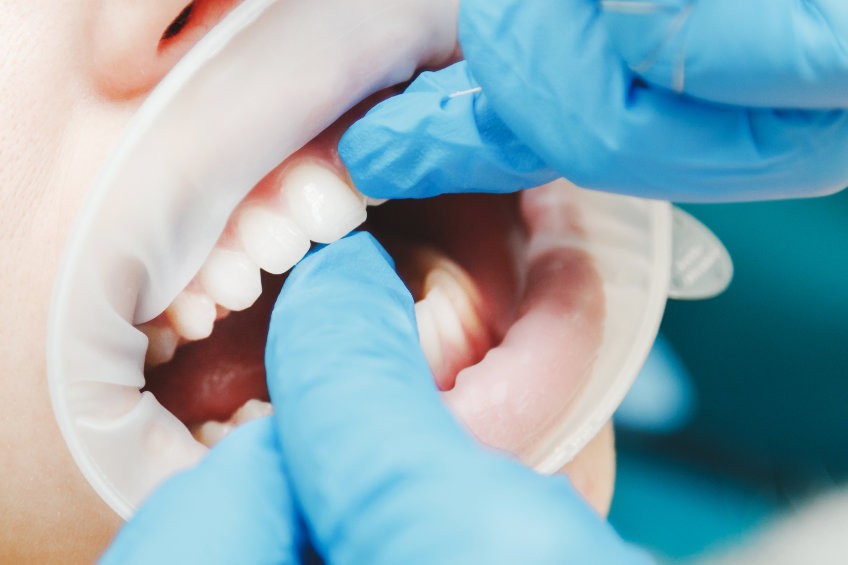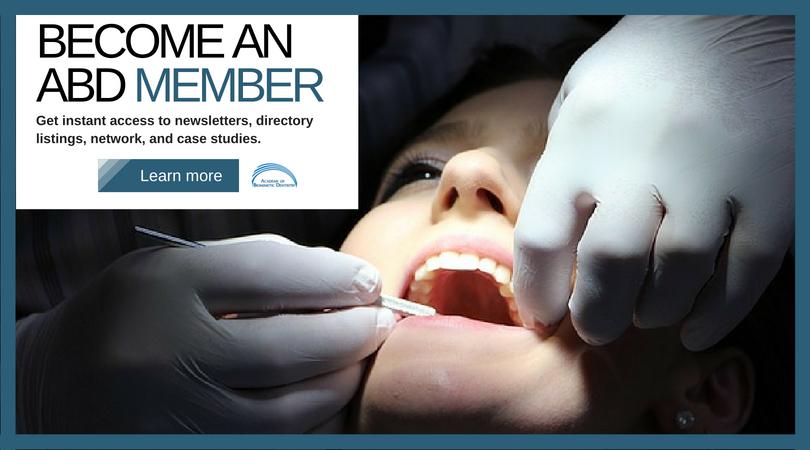Study: People With Multiple Cavities Have More Organic Components in Their Saliva

Russian researchers have developed a way to restore tooth enamel with artificially-created biomimetic materials to prevent tooth decay in its early stages. And, they’ve accomplished this thanks to a discovery that an increase in the concentration of organic substances in saliva indicates cavity development.
Initially, the researchers found that the saliva of people with cavities has a lower concentration of mineral substances and inorganic compounds, while the proportion of organic components like esters, fats, and carbohydrates increases. Also, the saliva of people with multiple cavities has twice as much thiocyanates than normal. The body releases thiocyanates in response to the emergence of a carious process.
Examining Saliva Composition
The researchers examined saliva composition using infrared spectromicroscopy with synchrotron radiation. This relatively simple tool has the ability to analyze the mixtures of substances.
After the initial analysis, the researchers studied the formation of inorganic solids in tooth tissue. The data became the basis of the development of biomimetic agents that could normalize the metabolic processes and prevent cavity development. The researchers also analyzed human tooth enamel composition in all stages of cavity development.
In the early stages of the process, the tooth enamel is destroyed under the action of the acid secreted by bacteria. This leads to the formation of an acidic calcium salt and orthophosphoric acid. Using this data, the researchers created a biomaterial identical to healthy tooth enamel.
Better Treatment for Tooth Decay
Researchers say they hope their one day lead to better treatment and prevent of cavities — especially in the early stages — and avoid procedures such as drilling and root canals.
The study, “Pathology-Specific Molecular Profiles of Saliva in Patients with Multiple Dental Caries—Potential Application for Predictive, Preventive and Personalised Medical Services,” was published by The EPMA Journal .
